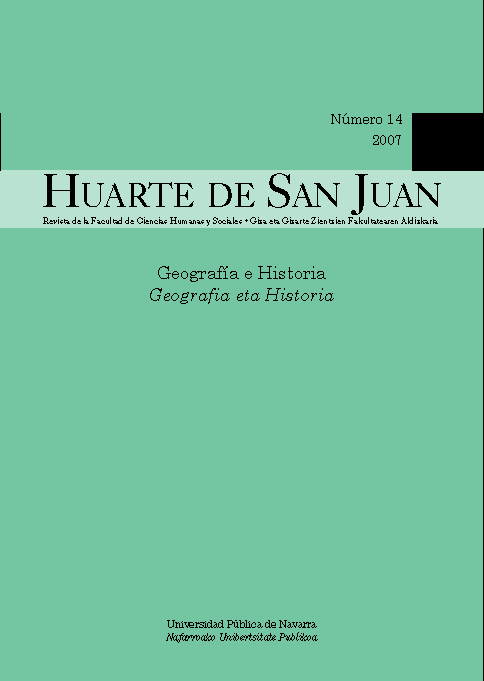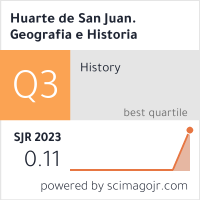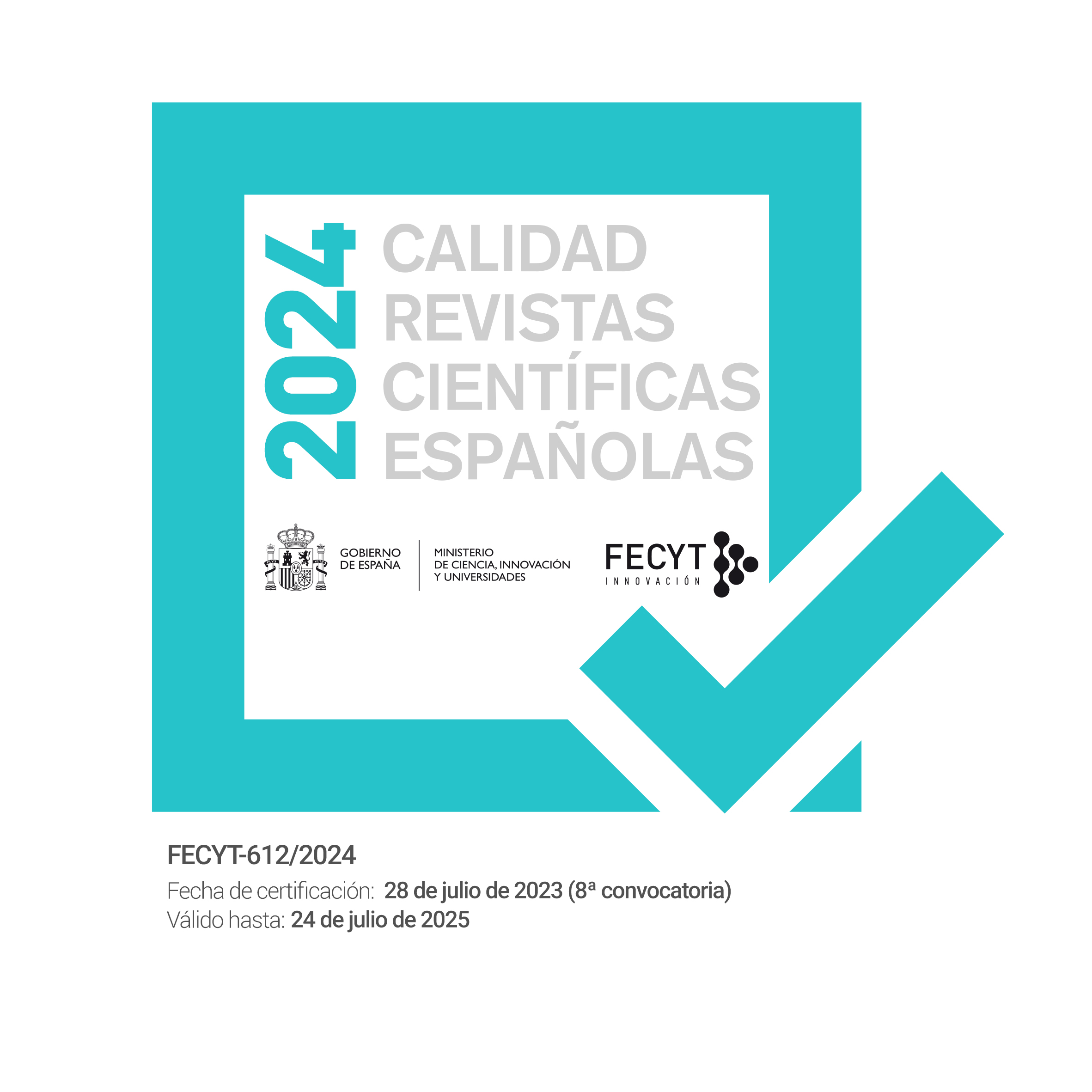Cambios de la población navarra a finales del siglo XX y principios del XXI
Keywords:
Real growth, natural movements, immigration, ageing, suburbanisation, NavarreAbstract
This article presents the changes that have taken place in the population of Navarre between 1991 and 2005, both at the regional and municipal levels. This period has seen a change from the stagnation of the population to the fastest-known demographic increase in the region’s history, as has happened throughout Spain. The main driver in this process has been immigration by people from other countries, which accounts for 90% of real regional growth at the end of the period in question. New inhabitants have reactivated the birth rate – putting an end to the constant decline that began at the end of the 1970s – and, consequently, increased natural population growth. Over the period, on the borderline between the 20th and 21st centuries, very low population mobility has given way to a higher rate, with a high level of immigration. This is the result, above, all, of the arrival of foreigners. Their origin is increasingly varied, although the majority come from Latin America. Furthermore, their arrival has slowed down the rate of ageing of the population of the region. All these transformations are reflected differently in different places, and this has to do with the diverse nature of Navarre and other factors, among which the following stand outs: better road communications, which accelerates the suburbanisation of the larger and more dynamic population centres, particularly the Metropolitan Area of the city of Pamplona.
Downloads
References
Calvo Miranda, J.J. (2002): “El área metropolitana de Pamplona”, en García Sanz, A. (dir.), La Comarca de Pamplona. Territorio, economía, sociedad e historia, Mancomunidad de la Comarca de Pamplona, pp. 175-189.
Calvo Palacios, J.L. y Pueyo Campos, Á. (2002): El valle del Ebro: Territorio encrucijada, Ibercaja, Zaragoza.
Commission of the European Communities (2005): Green Paper “Confronting demographic change: a new solidarity between the generations” Communication from the Commission. Brussels, 16.3.2005 (disponible en internet en http://europa.eu.int/comm/employment_social/news/2005/mar/comm2005-94_en.pdf)
Ferrer Regales, M. y Calvo Miranda, J.J. (1988): “Población y sistema urbano”, en Papeles de Economía Española – Economía de las Comunidades Autónomas: Navarra, nº 6, pp. 73-93.
Floristán Samanes, A. (dir.) (1995-2002): Geografía de Navarra, 6 vols., Pamplona, Diario de Navarra.
Marcén Zunzarren, J.A. (2006): “Modelo territorial”, en Navarra: un futuro entre todos, Gobierno de Navarra. (disponible en Internet en http://www.navarraunfuturoentretodos.com/).
Navarra XXI (2005): Estrategia Territorial de Navarra. Directrices para la Ordenación del Territorio, Gobierno de Navarra, Dirección General de Ordenación del Territorio y Vivienda del Gobierno de Navarra y Navarra del Suelo Residencial S.A., Pamplona.
Ugalde, A.(2002): “La población rural de Navarra”, en Jornadas Técnicas sobre el Libro Blanco de la Agricultura y el Desarrollo Rural. Jornada Autonómica de Navarra, Ministerio de Agricultura Pesca y Alimentación. (disponible en Internet en http://www.libroblancoagricultura.com/libroblanco/jautonomica/navarra/comunicaciones/a_ugalde.pdf)
Vinuesa Angulo, J. y García Coll, A. (2007): “La dinámica demográfica mundial”, en Lamela, A. (dir.), Estrategias para la Tierra y el espacio: Geoísmo y Cosmoísmo, Espasa, Pozuelo de Alarcón. pp. 137-234.
Downloads
Published
How to Cite
Issue
Section
License
La información referente al sistema de autoarchivo y política de derechos de explotación establecido por esta revista puede consultarse en DULCINEA.









